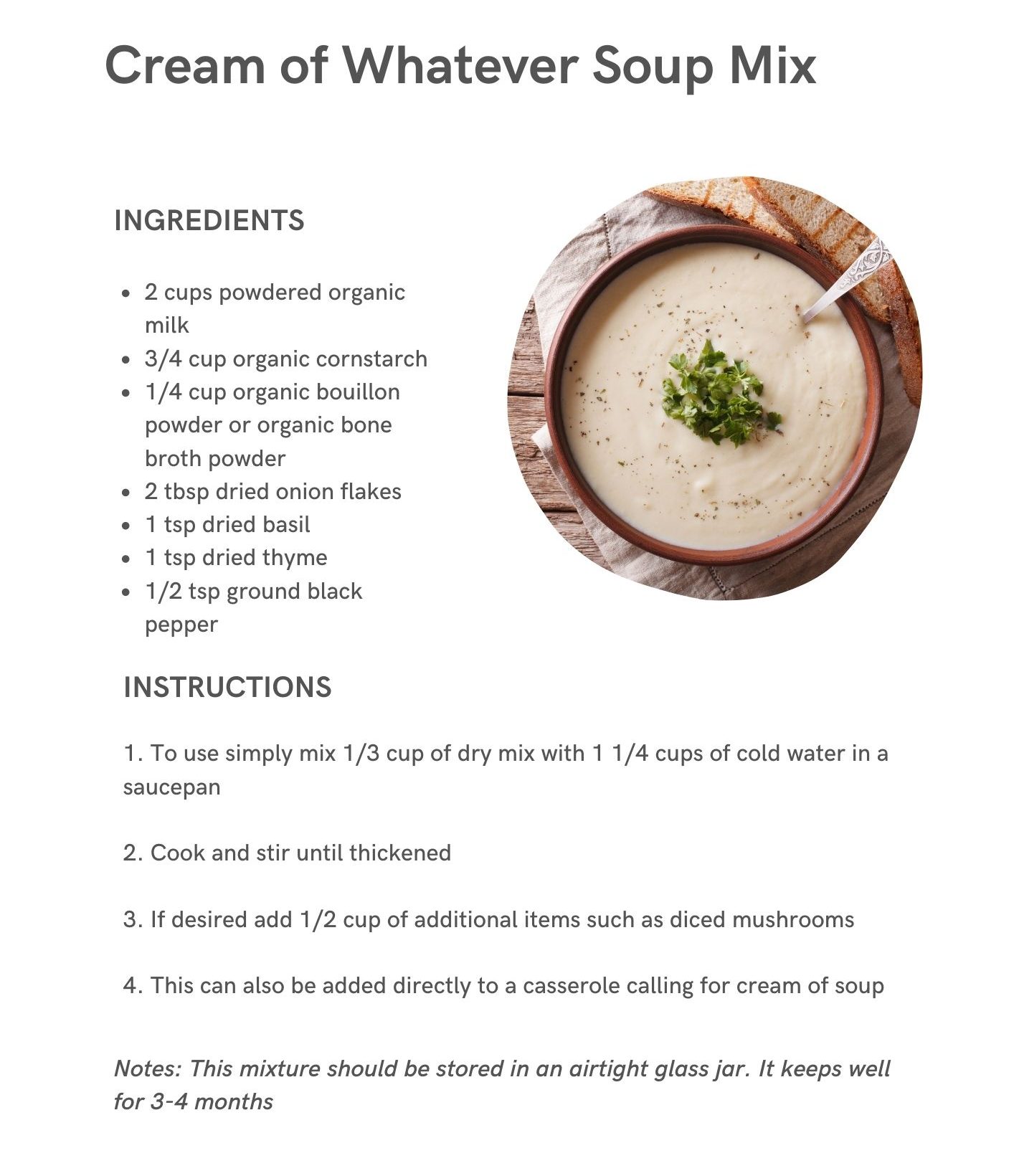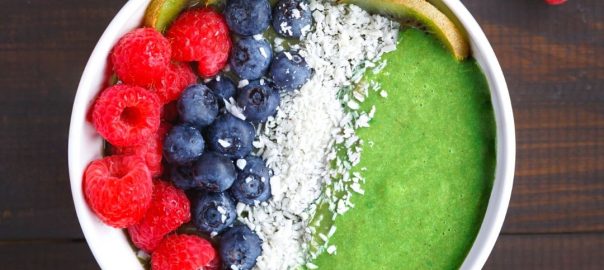Ah the organ meats! Or as they have been called - offal, and that word does not mean they are awful! The word offal comes from a combination of the words off and fall. It is believed that “offal” was anything that has “fallen off” the butcher’s block when the carcass was split open. There is a more specific name for the organs that are in the thoracic cavity which include the heart, lungs, and trachea. These can be referred to as pluck as they are “plucked” out of the carcass by the skilled slaughterhouse worker.
The eating of offal has not been as common as in years past, but when we bypass consuming it we are missing out on a whole lot of nutrition.
Benefits
Organ meats are considered extremely nutrient dense including those nutrients that are difficult to get from plants. Organ meat is packed with fat-soluble vitamins A, D, E, and K plus the essential B vitamins, particularly B12 and folate. They are also rich in minerals including copper, zinc, iron, magnesium, and selenium.
A Closer Look At The Nutrients In Organ Meat
Vitamin A: Liver has a lot of vitamin A which does not need to be converted from beta-carotenes the way it does with plants.
Vitamin B12: Organ meat is a good source. Vegetarians and vegans MUST supplement as there is no good plant source.
Vitamin K: Some plants have vitamin K1 which is not well metabolized. K2 is best obtained from animal products, especially organ meat.
Iron: Heme iron meat, found especially in organ meats like spleen and liver, is more bioavailable than non-heme iron which is found in plants.
Choline: This is neither a vitamin nor mineral, however it can be found in organ meats, especially liver. Current studies have shown “optimism that choline may be an avenue to ensure a graceful aging process without cognitive decline.” It has shown to protect the brain from Alzheimer’s Disease.
Amino Acids: Organ meat provides all nine essential amino acids. These are the ones the body requires in order to function well.
Protein: Eating a diet higher in protein has been found to keep you fuller and therefore most often eating less carbohydrates. This can be especially helpful if you are trying to drop some extra pounds. It can also be important for building and retaining muscle mass, especially as we age.
Is Offal Expensive?
With all these great health benefits you might think that organ meats would be more expensive, but in fact they are often very affordable as they are not normally a popular cut of meat.
Having said that, there a few reasons some may want to limit the consumption of organ meats. For some people with certain health conditions consuming high levels of organ meat may not be a healthy choice.
Cholesterol: Organ meats are a source of cholesterol. It’s actually not the cholesterol you eat, but the amount produced in the liver which has a major impact on cholesterol levels. For some people, however, their doctor may recommend reducing the amount of organ meat consumed.
Gout: Organ meat tends to be high in purines. For those who are susceptible to gout, this can increase the risk for an attack. Therefore, should only be eaten in moderation and avoided when you are having an attack.
Pregnant or nursing women: Due to higher levels of vitamin A, pregnant and nursing women should be mindful of how much organ meat they are consuming. Even though vitamin A plays an essential role in fetal growth and development, an excess is not good for the baby's development. Excess intake has been associated with birth defects & abnormalities. It is important to be mindful of your total vitamin A intake from all sources while pregnant and nursing.
How To Add Organ Meat To Your Diet
Adding organ meats to your diet can be a bit challenging at first. They do have a unique taste and texture that many are not used to. Some great ways to introduce them into your diet is to “hide” them. You can grind up a bit of liver and kidney in a food processor and freeze in ice cube trays. Whenever you are using ground meat in such things as burgers, meatballs, or meatloaf, you can thaw one or two offal cubes and mix into the ground meat. You still get a dose of organ meat but often won’t even know it is in the mixture.
One delicious way to add organ meat to your diet is by purchasing it in another form. A couple of my favorite options are:
- Beef Liverwurst and/or ground meat with added organ meat. These can be purchased from U.S. Wellness Meats, a company with pastured free-range animals
- Using Pluck seasoning in your food. This is a truly delicious way to get some organ meats into your diet
You can learn more about adding organ meats to your diet from this interview I did with Chef James Barry, the founder of Eat Pluck
Our ancestors used the entire animal, nose to tail, to provide healthy meals for their families. We too can reap the benefits of these nutrient-rich parts of the animal with the added benefit of helping our grocery budget go even further. It is a win-win.
[expand title="Sources"]
- Aubertin-Leheudre M, Adlercreutz H. Relationship between animal protein intake and muscle mass index in healthy women. Br J Nutr. 2009 Dec;102(12):1803-10. doi: 10.1017/S0007114509991310. PMID: 19678968.
- Monsen ER. Iron nutrition and absorption: dietary factors which impact iron bioavailability. J Am Diet Assoc. 1988 Jul;88(7):786-90. PMID: 3290310.
- Velazquez R, Winslow W, Mifflin MA. Choline as a prevention for Alzheimer's disease. Aging (Albany NY). 2020;12(3):2026-2027. doi:10.18632/aging.102849
- Weigle DS, Breen PA, Matthys CC, Callahan HS, Meeuws KE, Burden VR, Purnell JQ. A high-protein diet induces sustained reductions in appetite, ad libitum caloric intake, and body weight despite compensatory changes in diurnal plasma leptin and ghrelin concentrations. Am J Clin Nutr. 2005 Jul;82(1):41-8. doi: 10.1093/ajcn.82.1.41. PMID: 16002798.
[/expand]









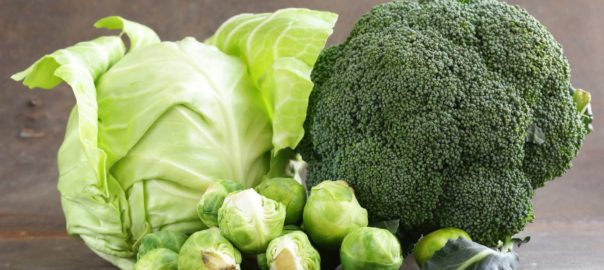
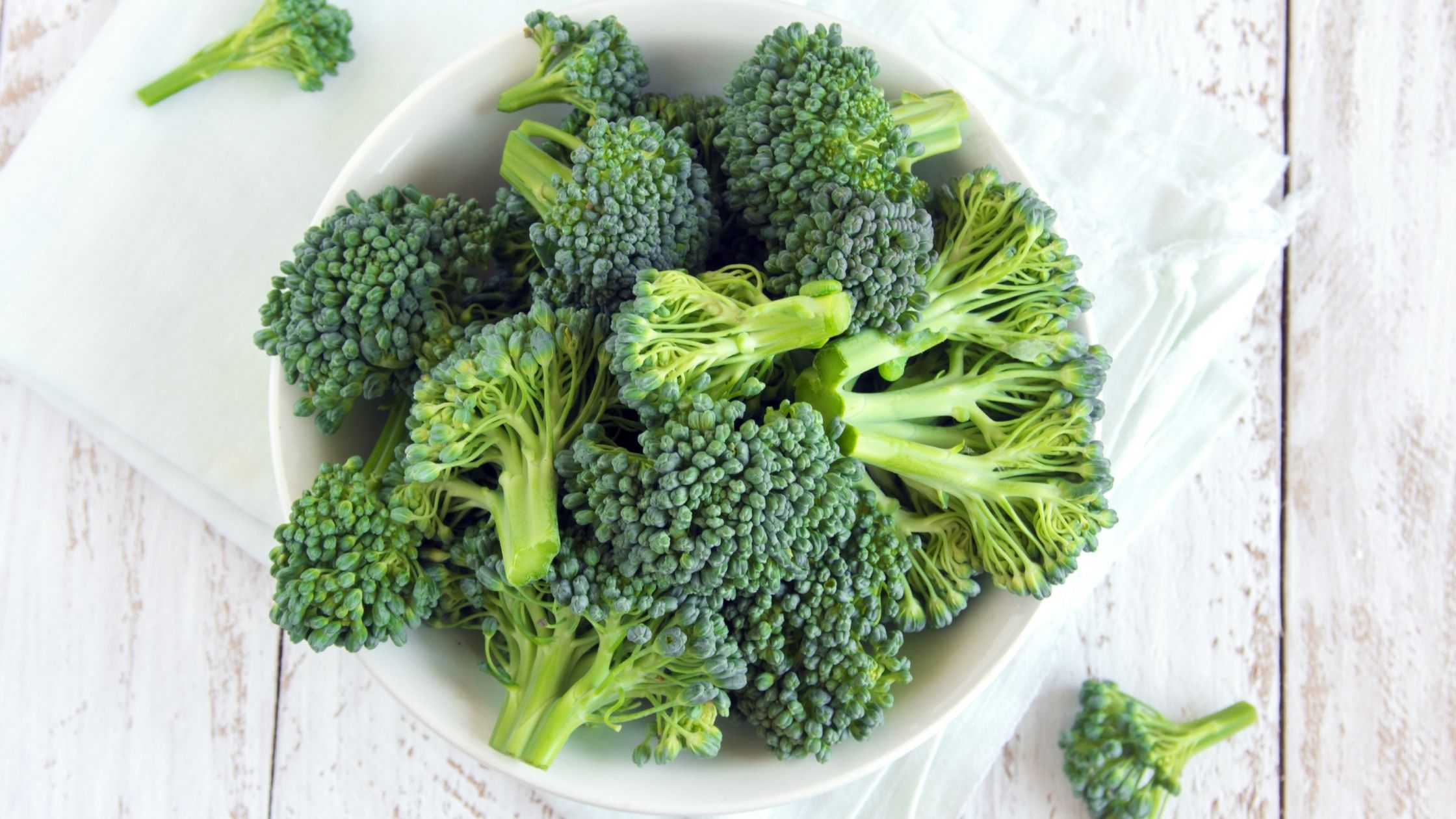
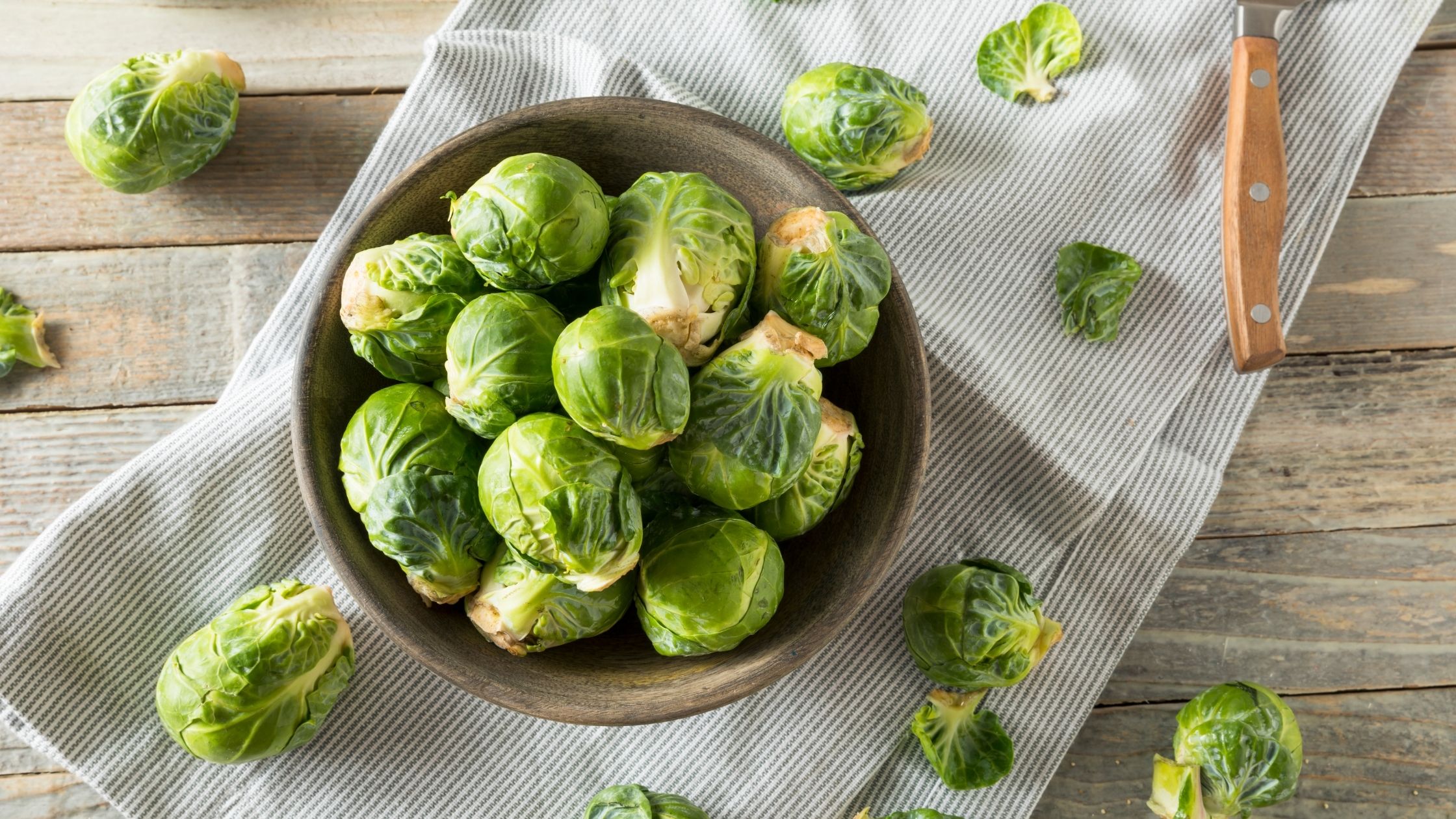
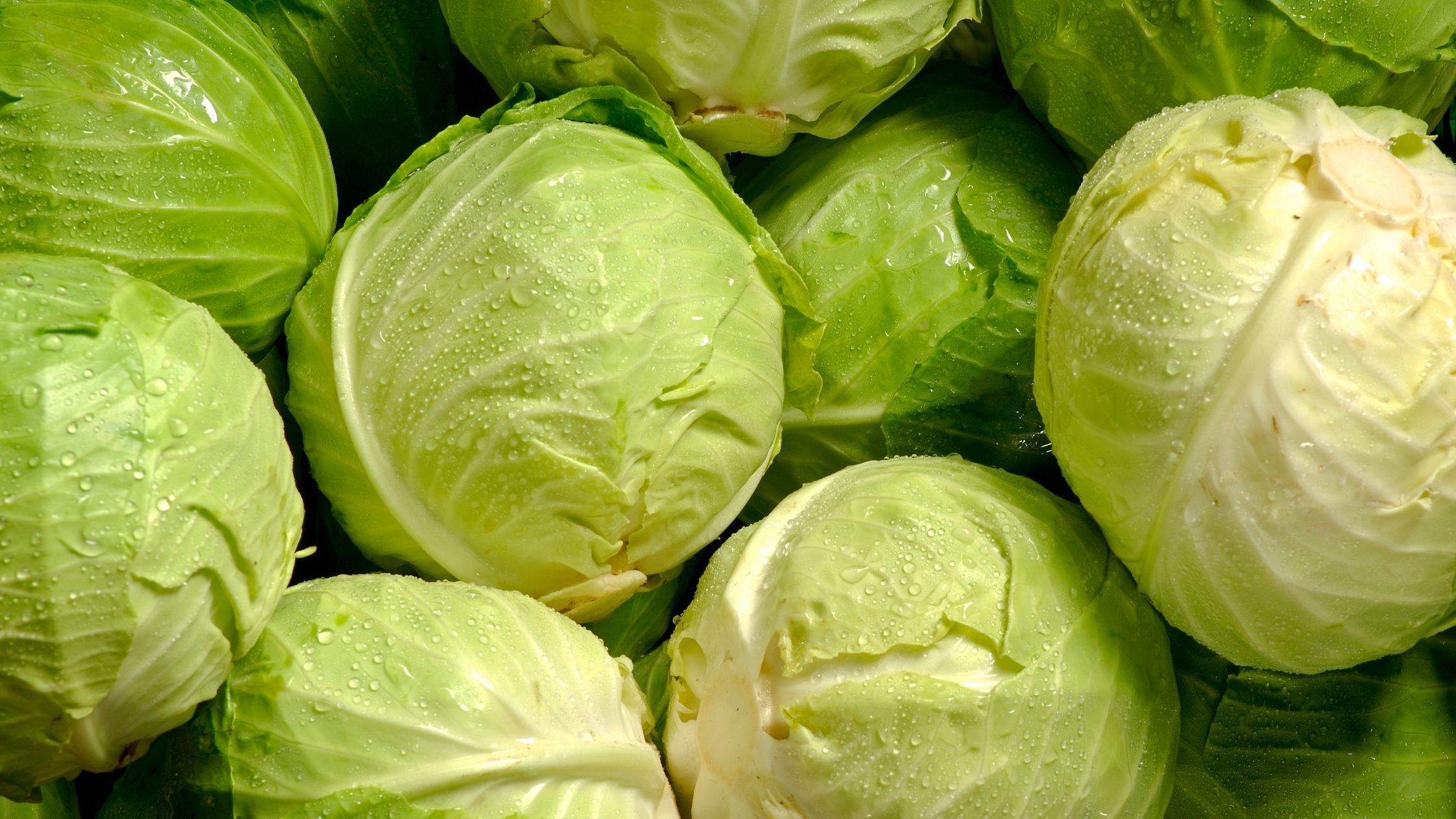
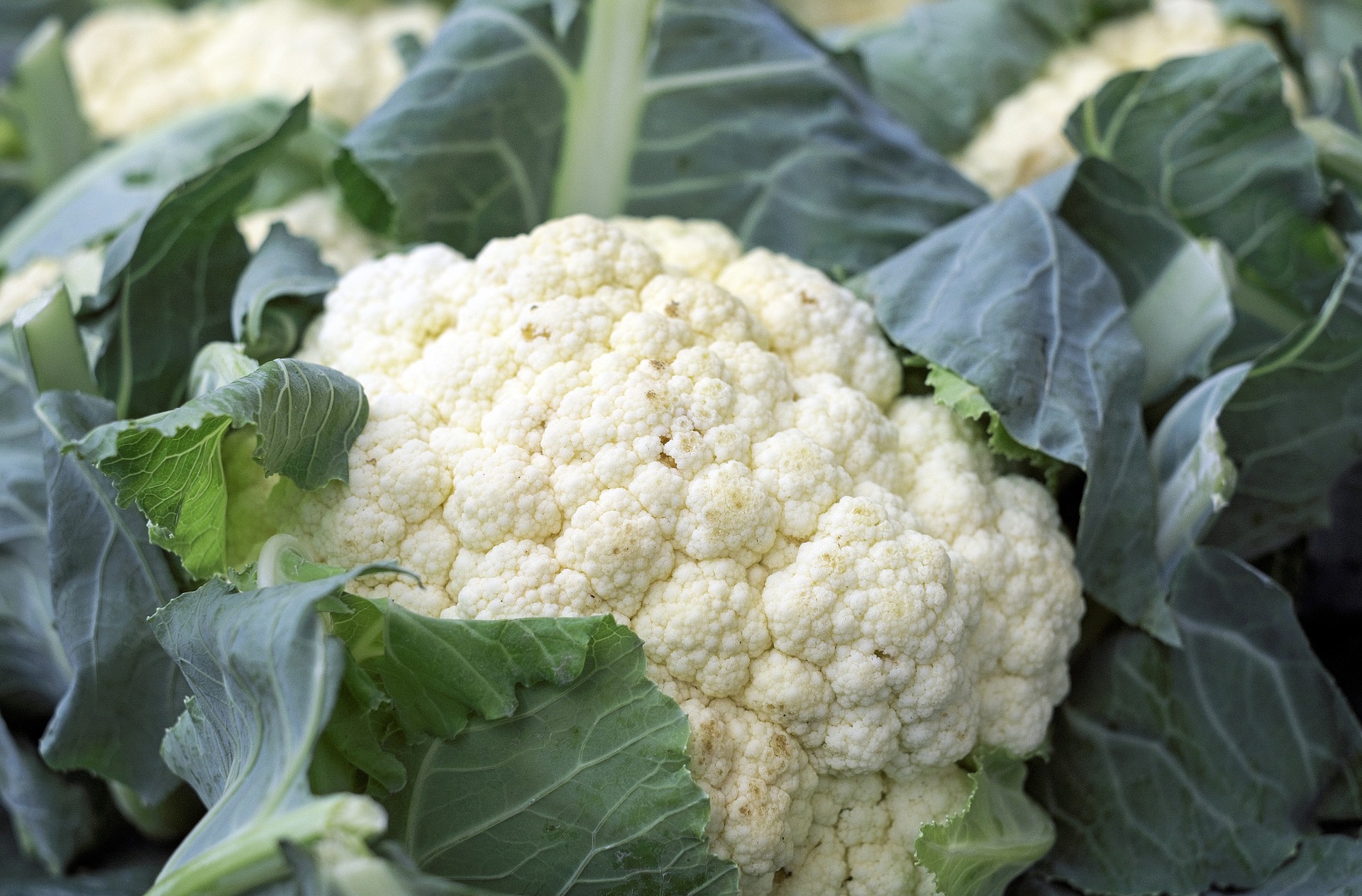
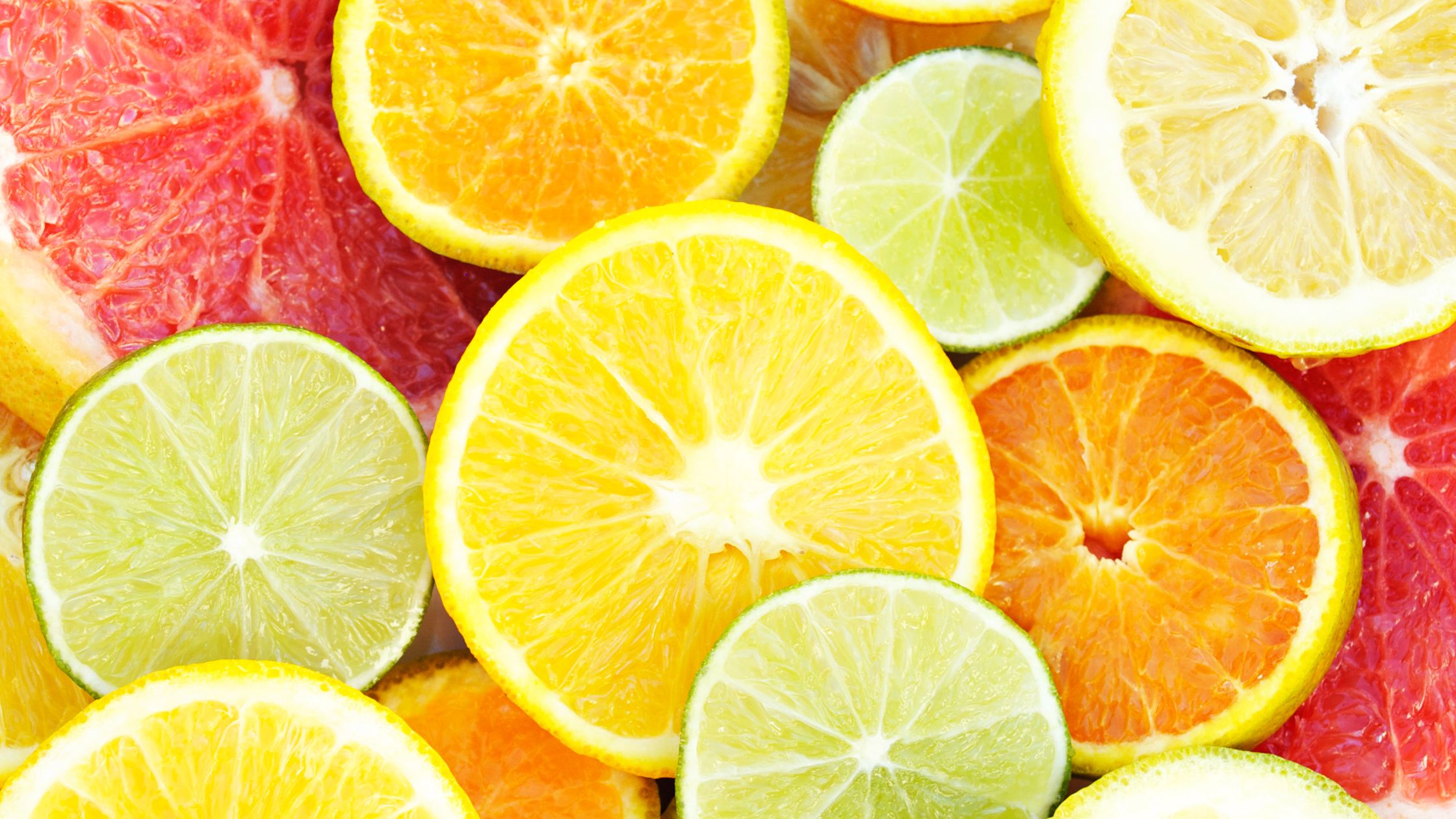
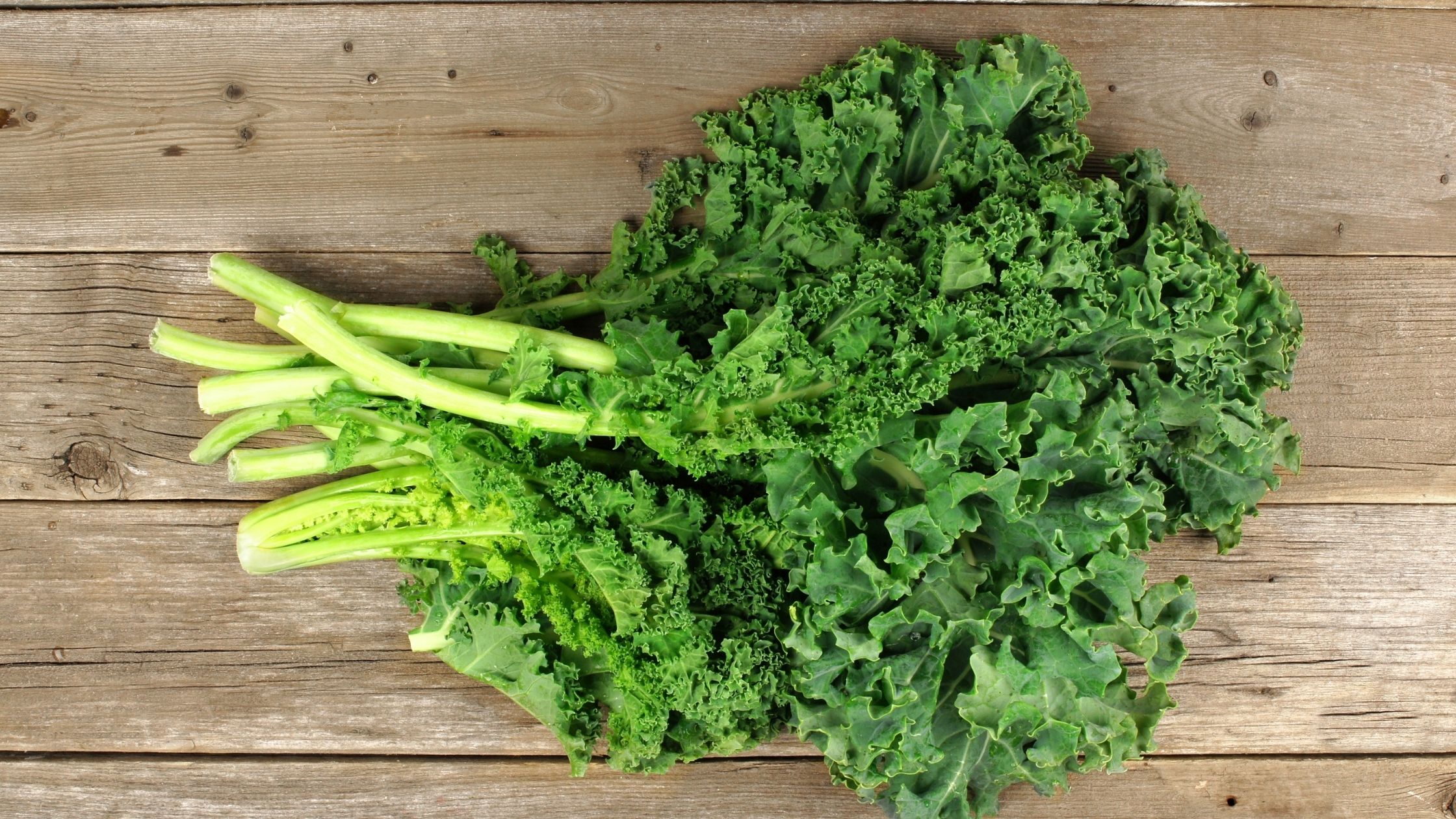

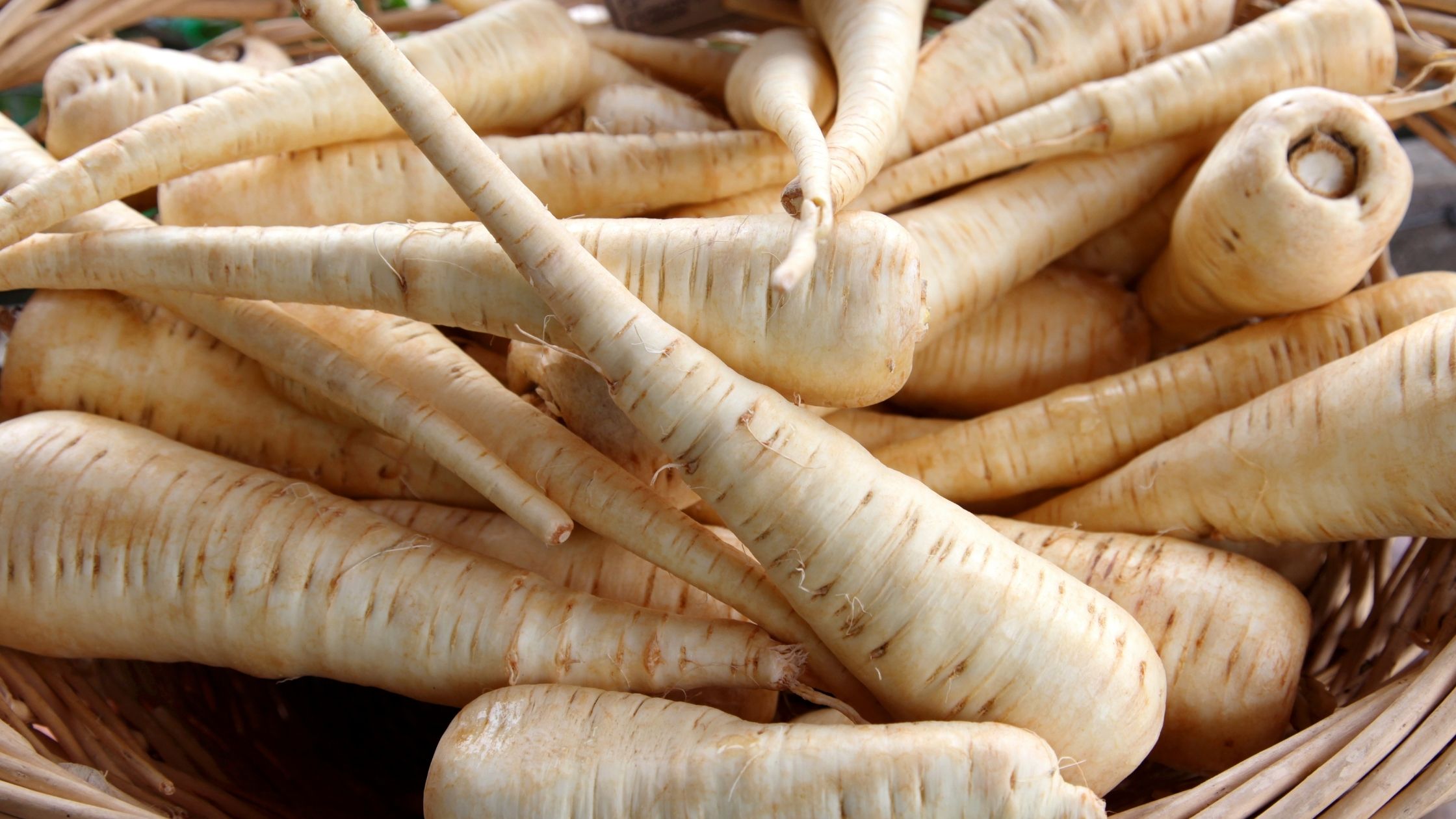
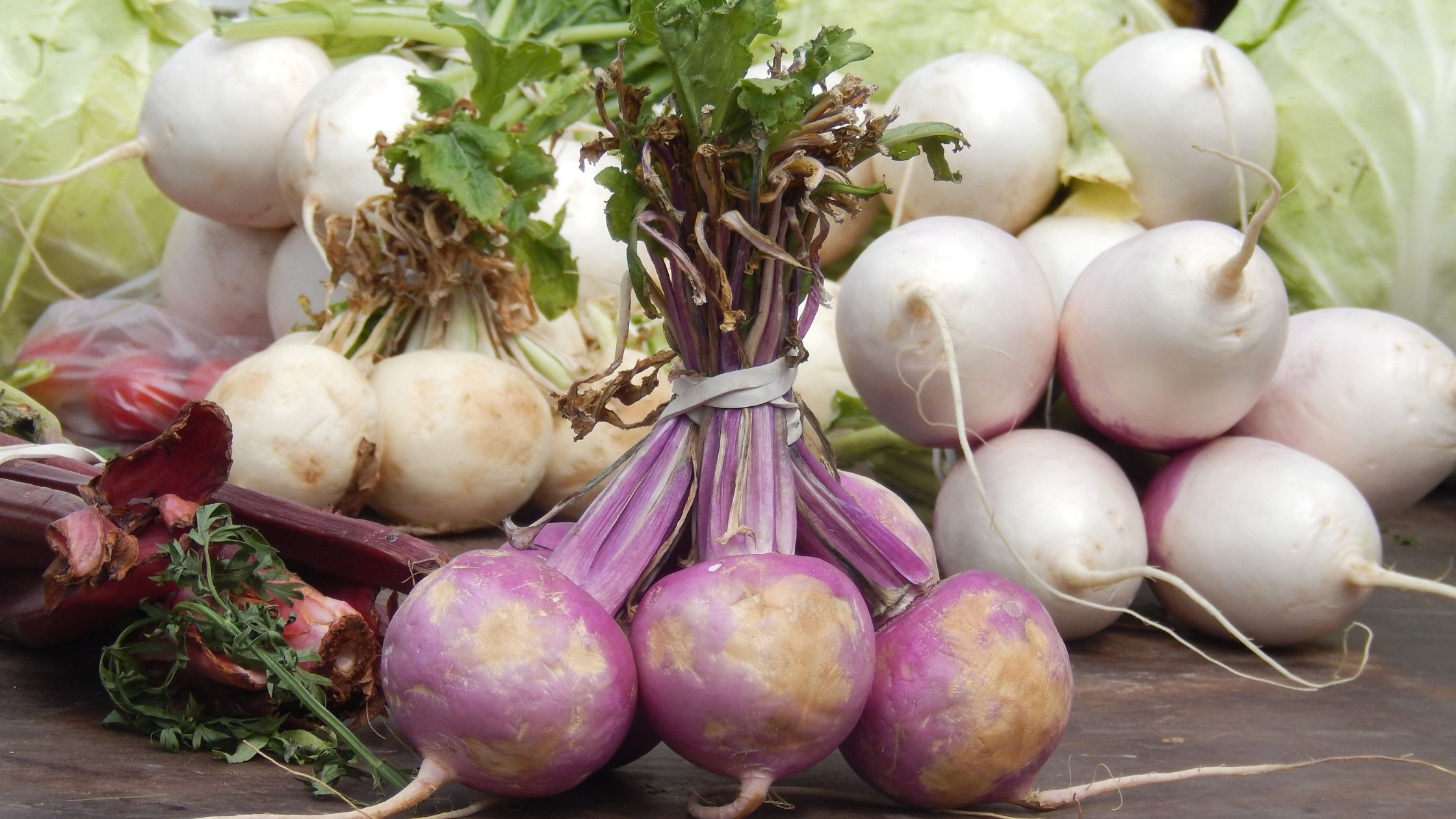
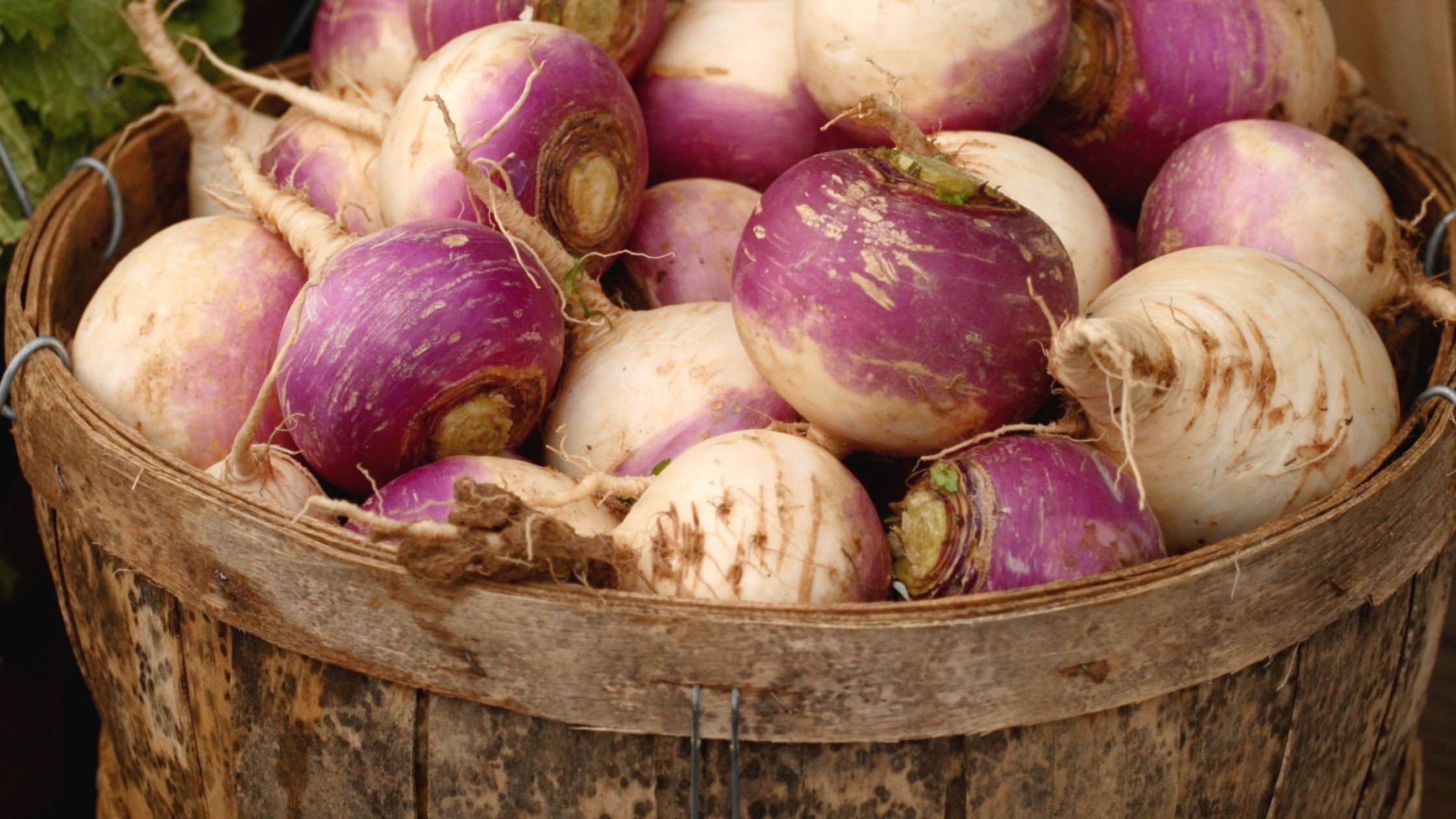
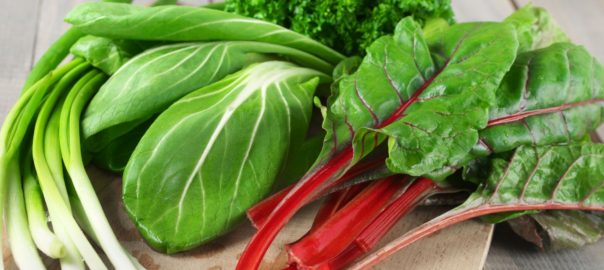

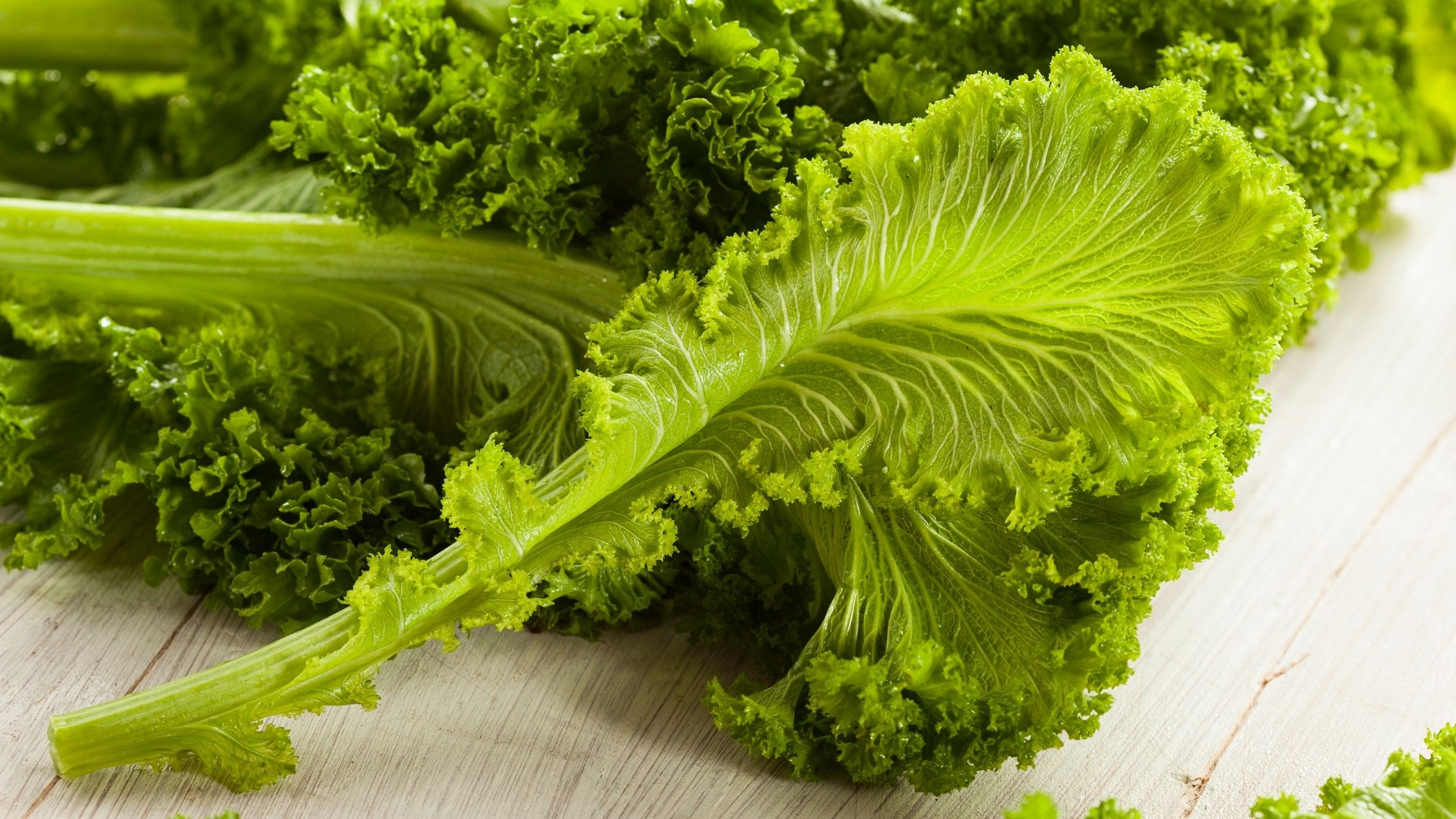
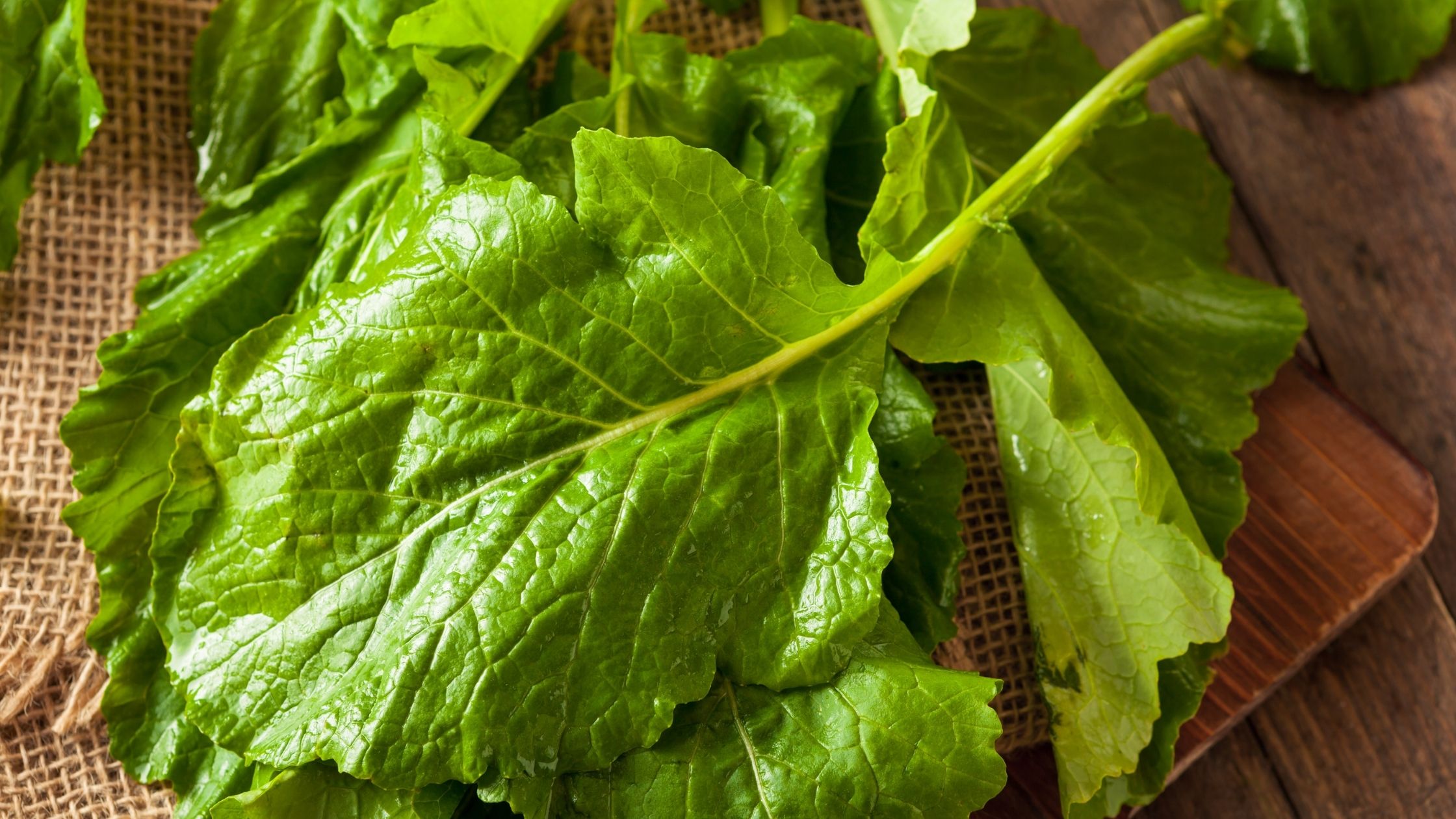

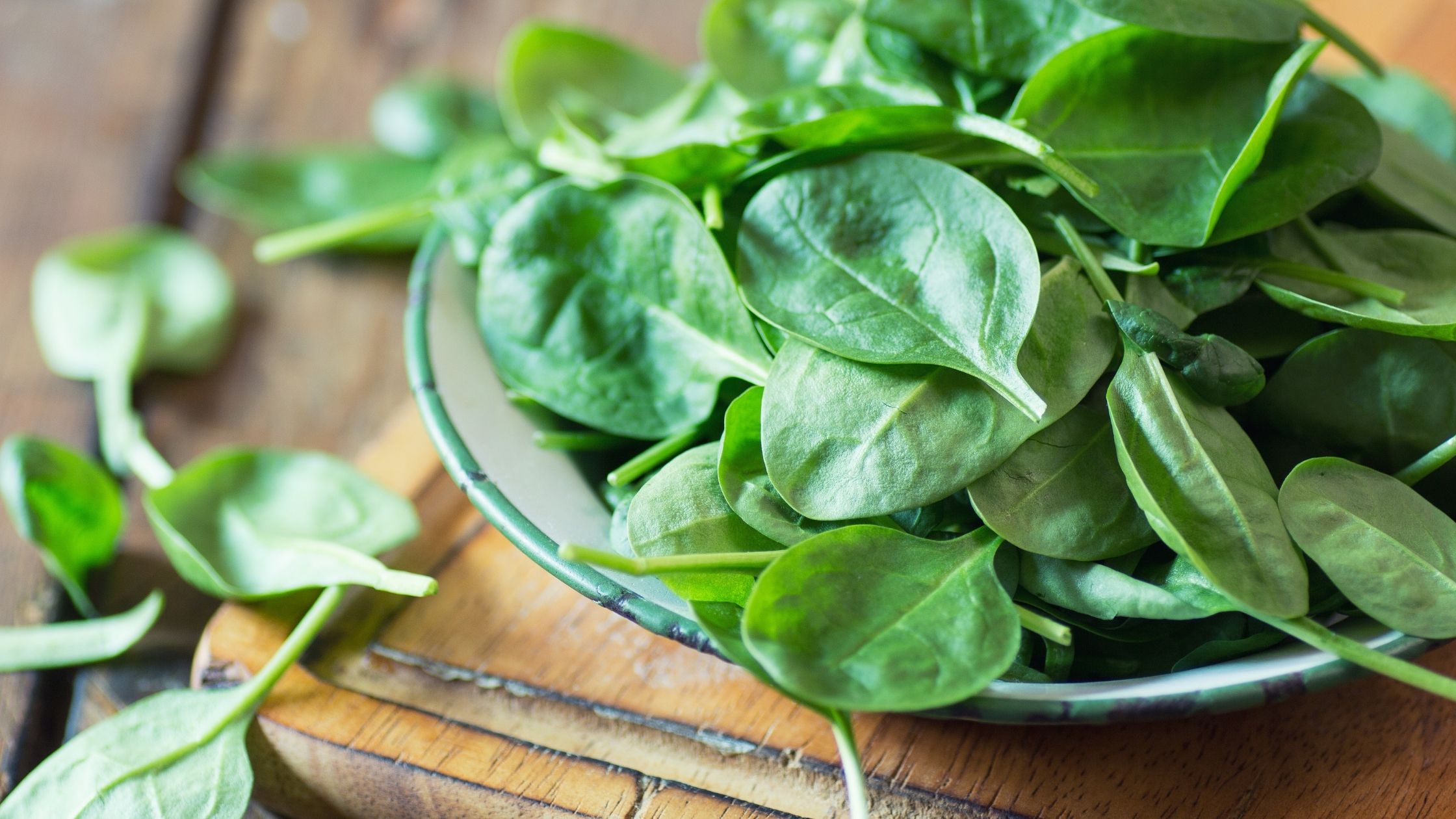
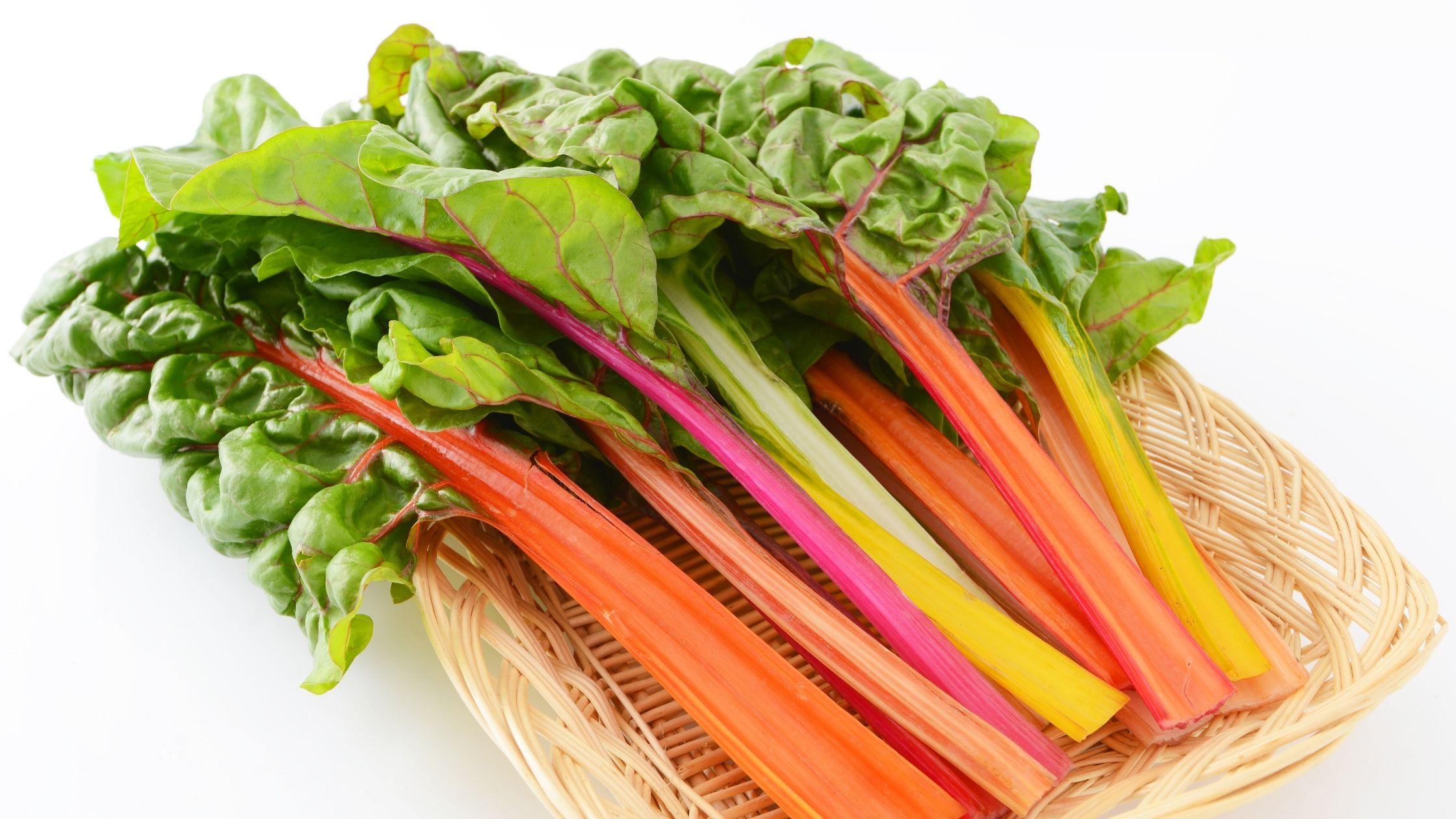







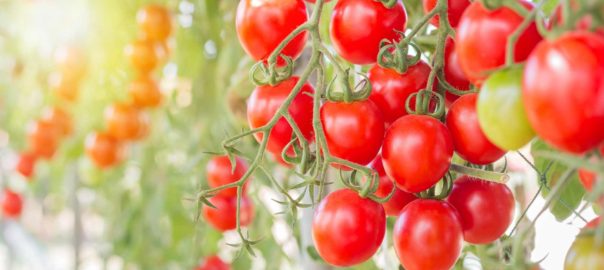
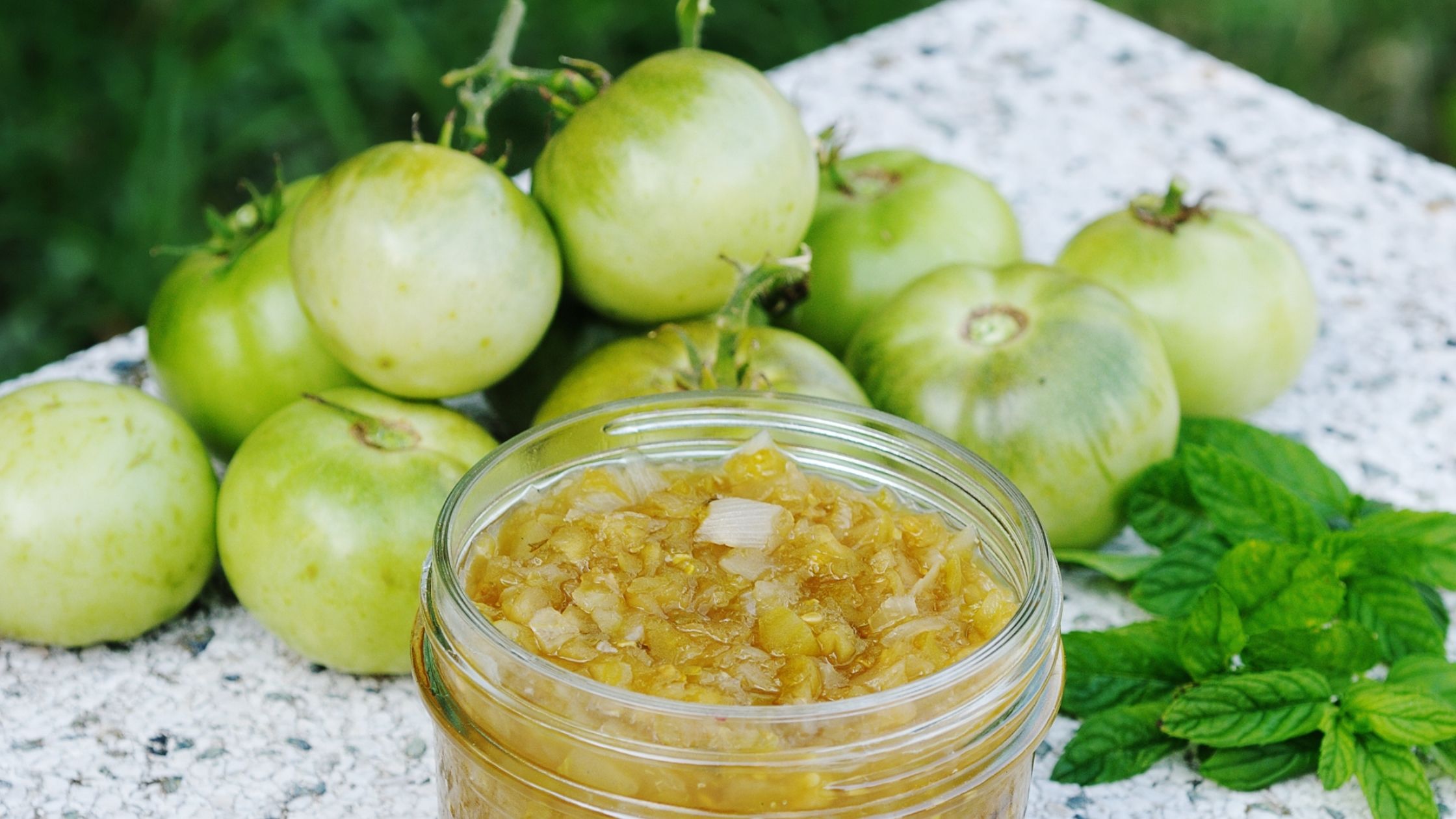
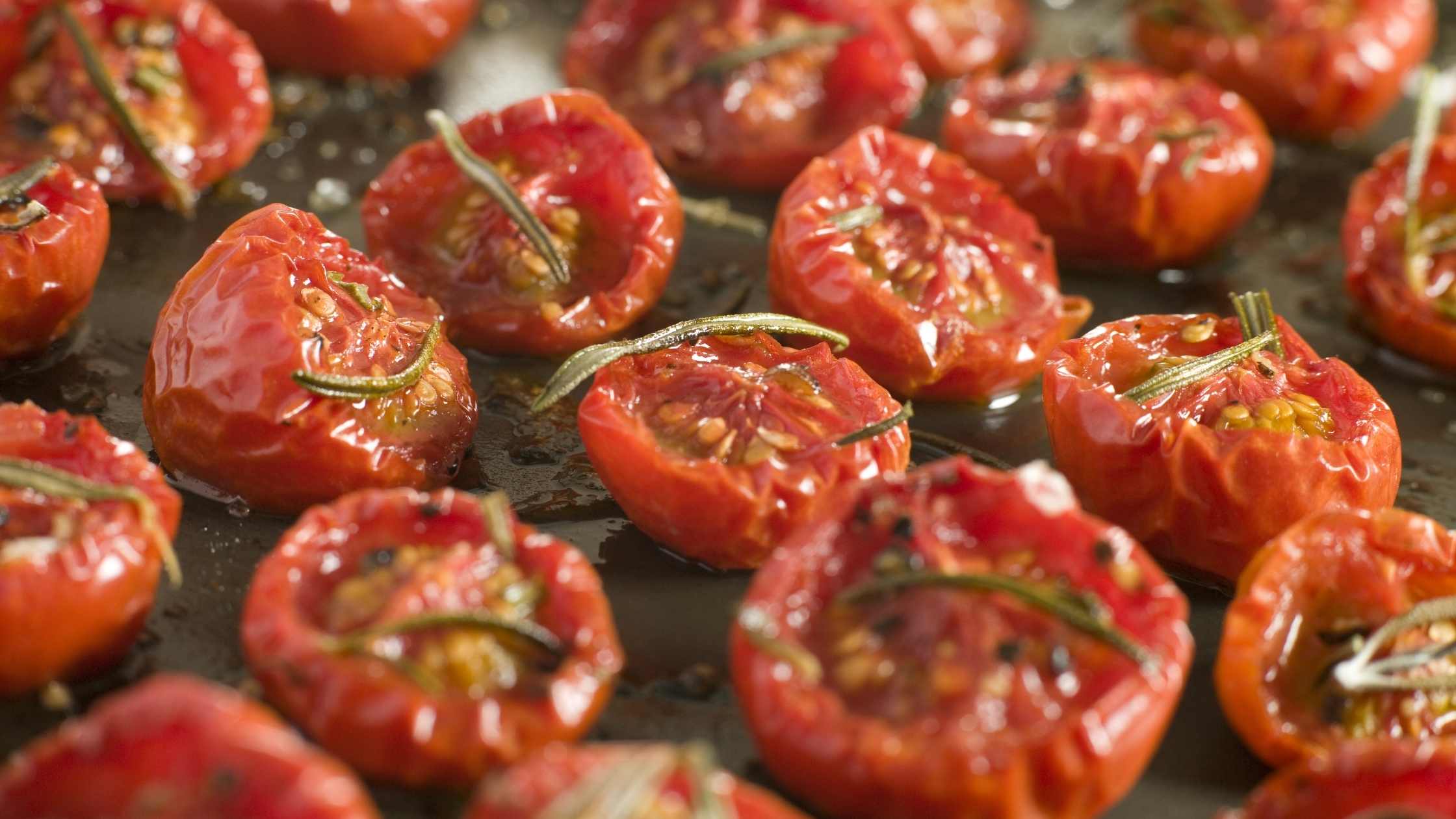 This is a good way to preserve tomatoes so you can enjoy them later in the year when they are no longer in season
This is a good way to preserve tomatoes so you can enjoy them later in the year when they are no longer in season
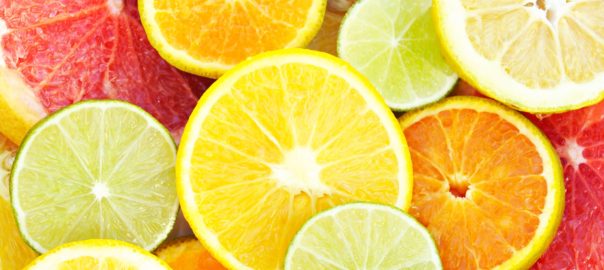

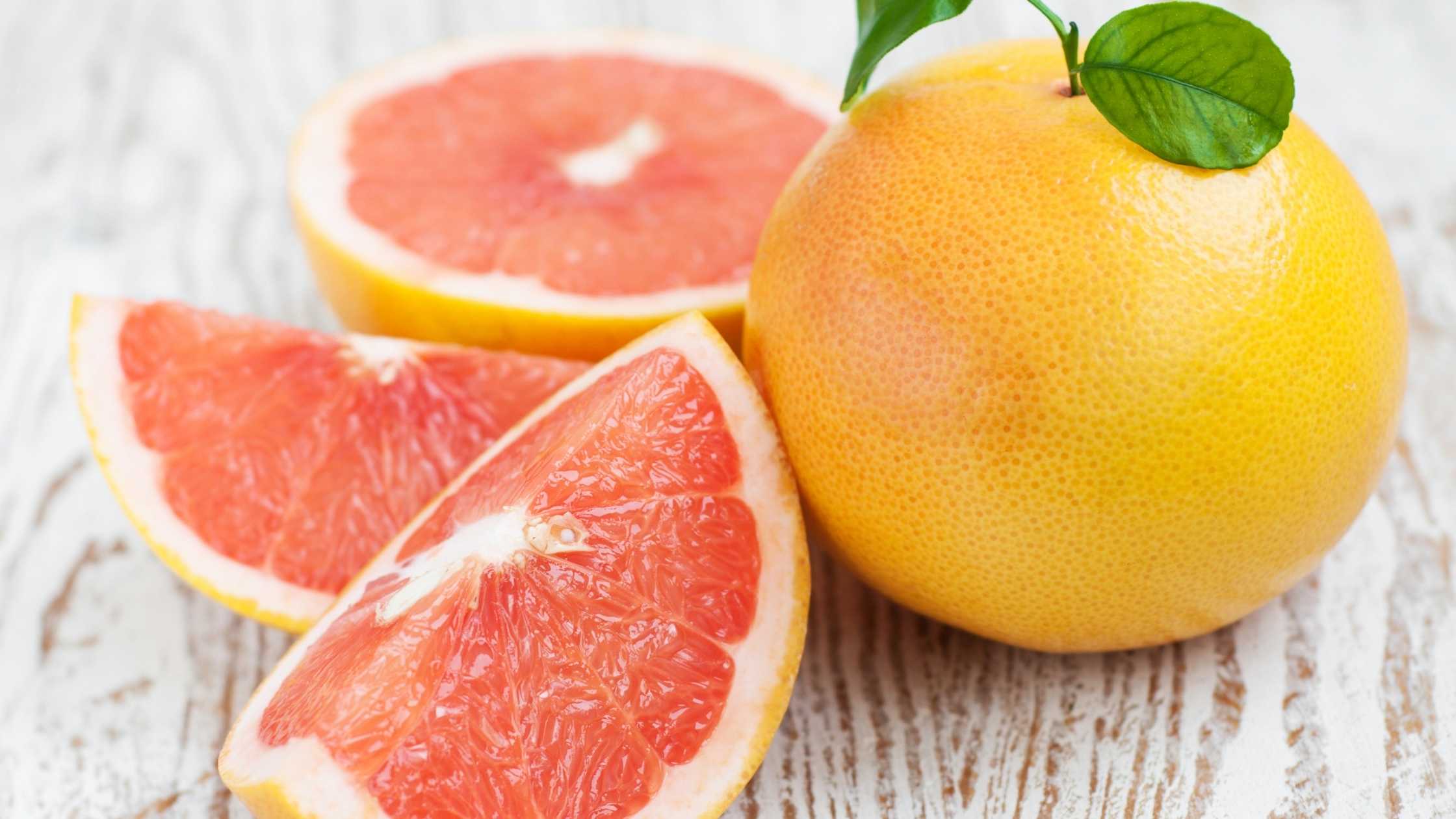

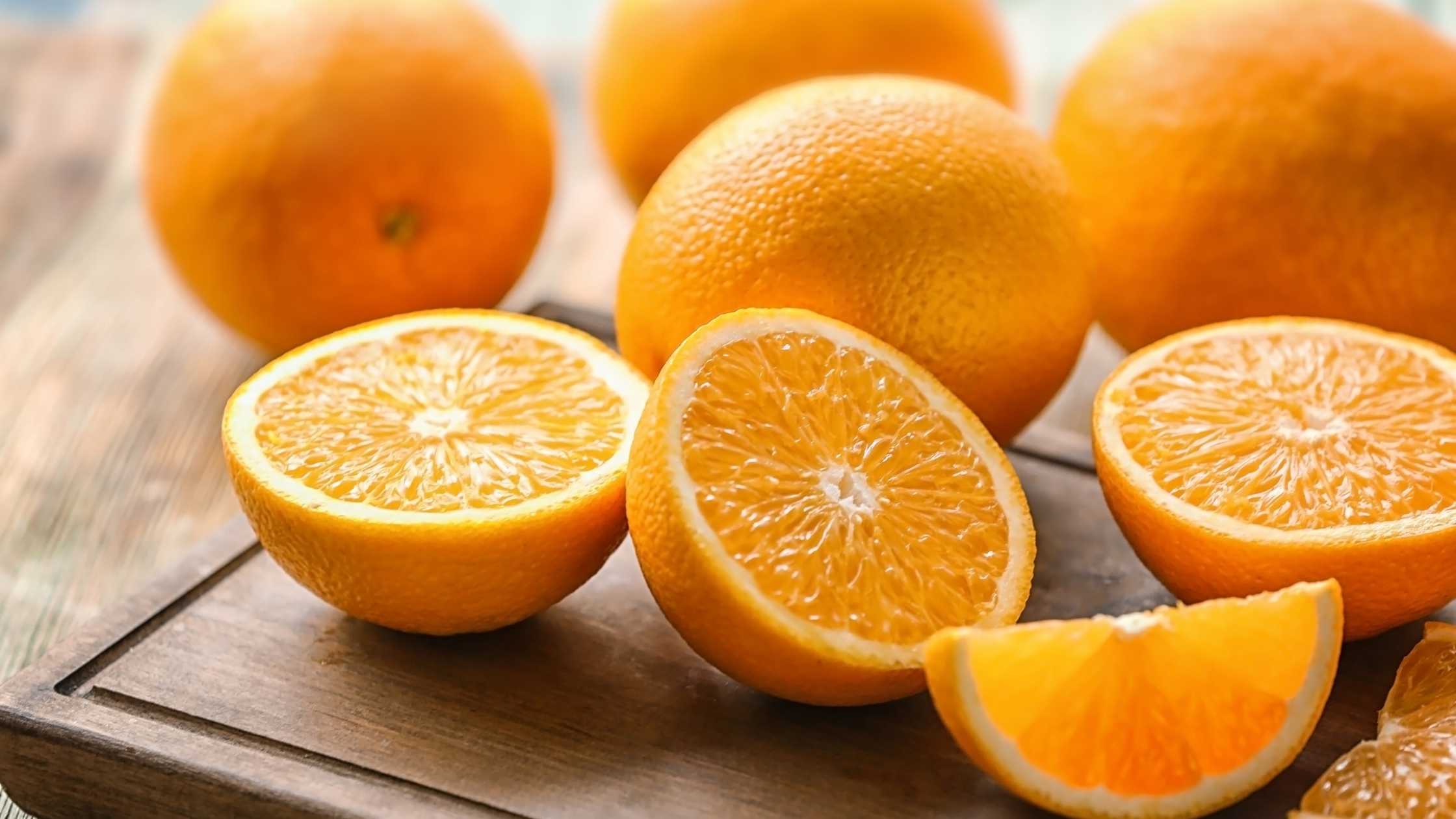
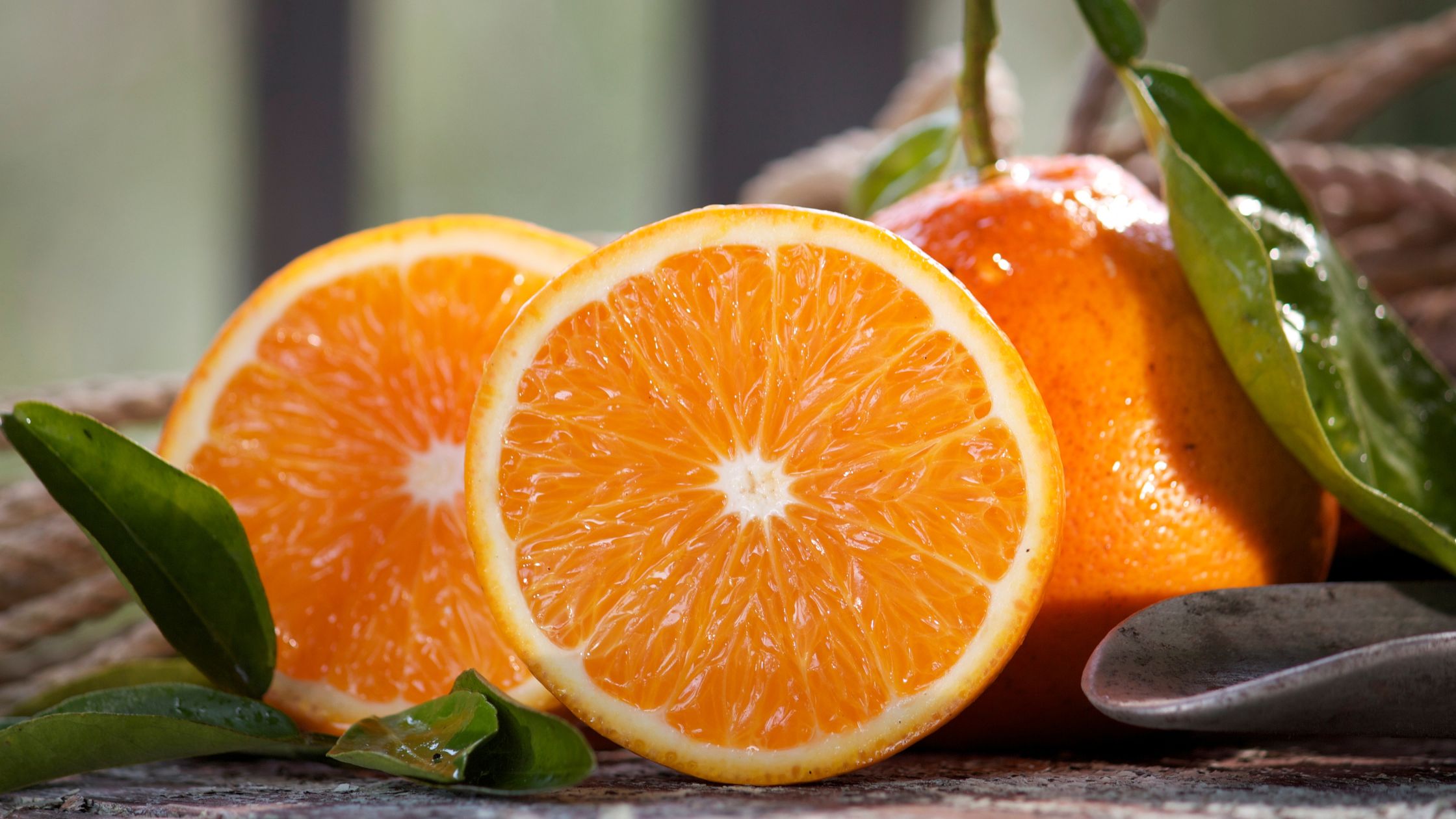
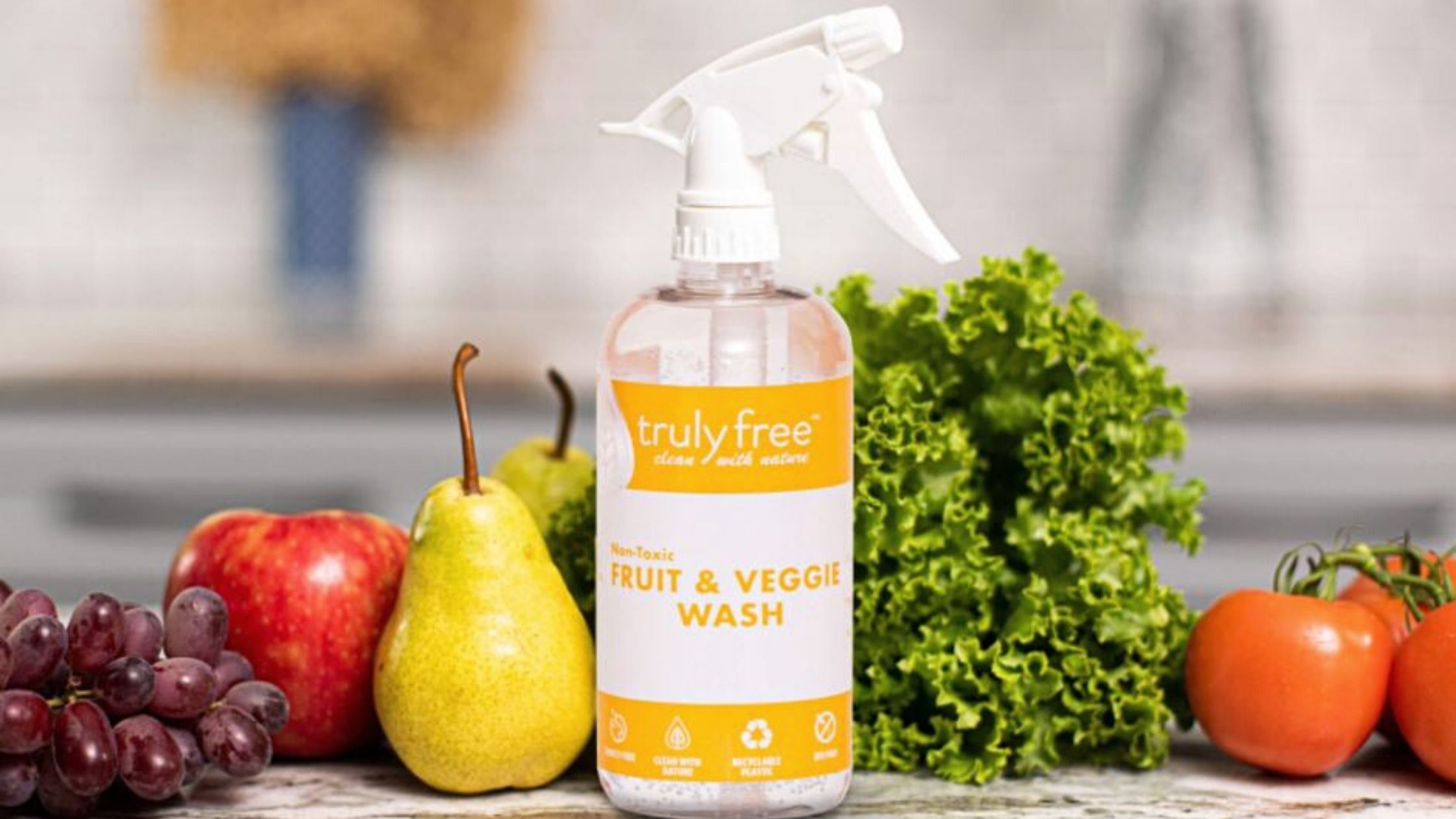 When eating fresh, in-season produce, don’t forget to wash it first.
When eating fresh, in-season produce, don’t forget to wash it first. 